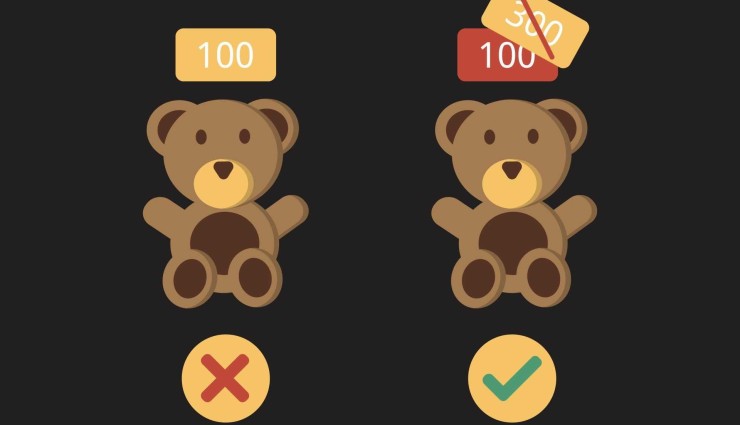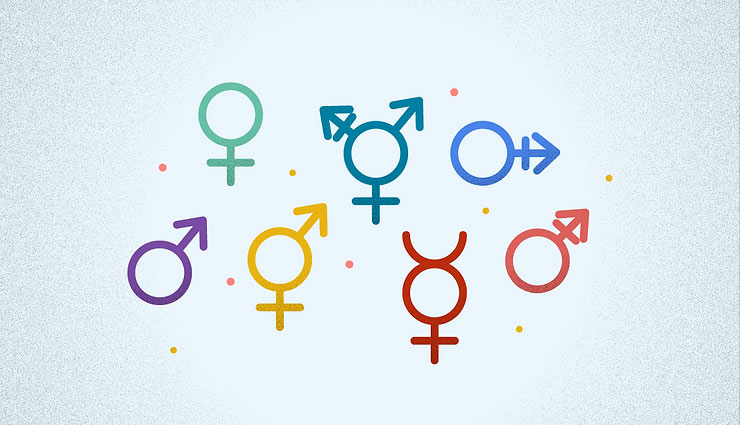All kids sometimes make mistakes, break the rules, and step outside the boundaries. Although these behaviors are natural and part of their childhood world, the parents’ reaction in these situations is critical and may cause the worsening or improvement of these behaviors. What do you think is the correct behavior of parents in these situations? Is punishing a child a helpful strategy? In this article, we will talk about the proper methods of disciplining children. Stay with us.
The importance of the correct reaction of parents to the child’s misbehavior
Carolyn Fulton, a child and adolescent psychologist, says: “When parents respond to a child’s disobedience with appropriate and calm behavior, the child realizes his mistake faster and tries to behave better in the future.”
When the child has made a mistake and insists on his mistake, it is the most challenging thing for parents to be calm. Some parents in this situation start to punish their children incorrectly without thinking about the consequences of their behavior. In addition to having the opposite effect and leading the child to negative behaviors (such as the child’s stubbornness ) and making more mistakes, incorrect punishment methods may also cause irreparable damage to the child’s self-esteem and the parent-child relationship.
The difference between consequence and punishment
A consequence is an event that occurs after a child’s misbehavior. “Although consequences and punishment share the same goal of shaping and managing children’s behavior, they are very different in how they affect children,” says Dr. Fulton.
Punishing makes the child feel bad, but the result, even if it makes him a little uncomfortable, is good and makes the child think about the consequences of his behavior and behave better next time. Consequences are more effective than punishment in improving children’s behavior disorders because they turn their mistakes into opportunities to improve behavior.
Types of Child Punishment
Punishment methods vary and may include:
- criticizing the child;
- yelling at the child;
- threatening and scaring the child ;
- Corporal punishment of the child or beating.
For example, when parents ask their 5-year-old child to put away his toys, and he doesn’t do it, they may punish him by beating him. The purpose of the parents in causing this physical pain is to teach the child not to repeat this behavior, but will the result be what the parents want? According to research, punishing children causes anger res, resentment, and fear in the child and has the opposite effect.
Other examples of punishment that cause shame to a child include:
- Punishment at school, such as cutting a child’s hair;
- Please photograph the child’s dirty room and publish it on social networks.
“Punishing children makes them feel bad about who they are, not what they’ve done,” says child psychologist Aliza Pressman. Punishment is often counterproductive because it causes children to focus on their anger at their parents instead of thinking about the consequences of their behavior and trying to change it. For example, after being punished, instead of telling himself that I did something wrong, the child may say, “What a bad mother I have!”
What makes an outcome consequential?

“Consequences are effective because they link a child’s actions to a result and allow them to learn from their behavior,” says Dr. Fulton. Instead of making a child feel bad about a mistake, the consequence focuses on teaching the child to do better in the future. In this way, the child is not ashamed of his mistakes. Instead, he faces a reasonable or expected consequence for his behavior, which is a great learning opportunity.”
For example, when a 5-year-old child does not collect his toys after playing, one of the correct punishment methods is that his parents do not allow him to play with them for the rest of the day collecting the toys. This method will most likely be effective because the child sees the consequences of his behavior and understands that always to be allowed to play with his toys, he must put them away after playing.
Discipline tricks you should follow
1. state expectations
Making your expectations clear will help your child behave better. It may seem obvious to adults what behavior is acceptable and what is not, but children cannot distinguish between good and evil. Clearly stating expectations for children is an important thing to stick to.
In addition to clearly stating expectations, Dr. Pressman recommends talking to your child about the consequences of his behavior. Knowing the consequences of behavior makes them follow the rules better than before.
2. Create logical consequences
Adults create logical consequences directly related to the child’s misbehavior. If a child does not use the cell phone properly, his parents will take the cell phone away from him. Another example of logical consequences is when a parent asks a child to give up a bicycle or other sports equipment, but the child ignores this request. In this situation, parents have the right to use those devices from the child for a certain period to see the end of this disobedience.
3. Use natural consequences
Natural consequences are another effective form of consequences directly resulting from children’s behaviors. These consequences require the intervention of parents to show the consequences of behaviors to the child. Adults can allow children to face the natural consequences of their choices if this exposure does not pose a risk to the child. These consequences create an internal motivation to improve the child’s behavior.
For example, if a child forgets to take his coat to school, he may catch a cold. He will get a low grade if he does not study for the exam. He may miss the football game if he does not prepare in time. These are the natural consequences of a child’s behavior. The child learns by observing these consequences and tries not to repeat his mistake next time.
Dr. Pressman says: “Both logical and natural consequences are educational for children and make them aware of the consequences of their behavior and actions and motivate them to behave better in the future.” “These disciplinary approaches do not embarrass or upset the child, but are a respectful way to help the child become more responsible and strengthen their autonomy.”
The important thing about natural consequences is ensuring they are safe for the child to experience. Although you can let a school-age child decide his bedtime or go to school without a coat or snack and see the consequences, a toddler or preschooler is not mature enough to handle the consequences of those choices.
“Healthy consequences make children feel good about themselves and give them confidence that they can do better next time,” says Dr. Pressman.
4. short break
Taking a break is an effective trick for younger children, especially toddlers or preschoolers. This short break is an opportunity to stop, relax, reflect, and try again. Name the child’s inappropriate behavior and allow him to think about his behavior by giving him a short break. The child doesn’t need to spend this break alone. Choose a place to talk where the child feels comfortable, relaxed, and safe. Before discussing what happened and what you expect next time, ensure he’s okay and ready to speak.
5. Adaptability and flexibility
The most important thing to observe in dealing with children is consistency. If you constantly change your position, the child will get confused and not know right and wrong. If you are firm and decisive in the rules you set, the child will understand the consequences of disobeying the rules, meet your expectations well, and learn discipline, patience, and self-awareness.
According to Dr. Pressman, there is nothing wrong if you are somewhat flexible and adaptable in dealing with children. If the sleeping time or mobile phone use is slightly shifted due to travel or particular circumstances, there is no problem. Being flexible shows your child that you care about their needs and makes them more motivated to follow the rules the rest of the time.
How do we know if our discipline training method is effective?
If you have noticed that your child is trying to correct his misbehavior and his unacceptable behaviors are far less than before, then you have taken the right approach. Of course, don’t expect the child to correct his behavior immediately; he may need to see the consequences several times and learn before fixing it. Sometimes, it is necessary to try several different tricks to see which ones suit your child.
final word
Punishing a child may be effective in the short term, and the child may behave better for fear of being punished again, but in the long run, it is counterproductive and may cause a decrease in the child’s self-esteem. Meanwhile, “consequence” is an effective strategy for handling children’s misbehavior. Using logical and natural consequences makes the child see the results of his behavior and try to improve his behavior.
Which method do you use to correct your child’s misbehavior? Consequence or punishment? Please share your valuable comments and experiences with us and our dear users.
Warning! This article is only for educational purposes;d to use it, it is necessary to consult a doctor or specialist.



